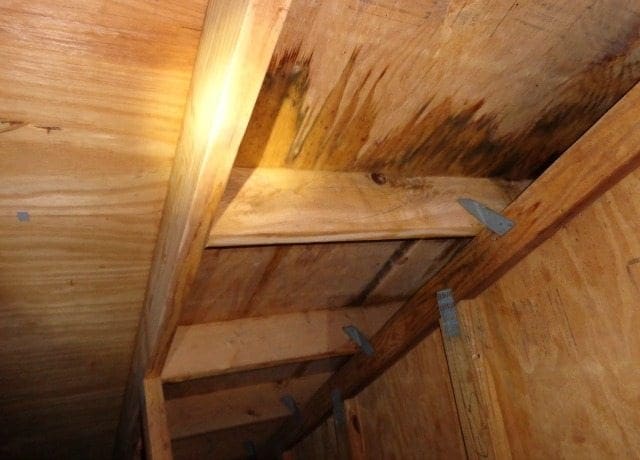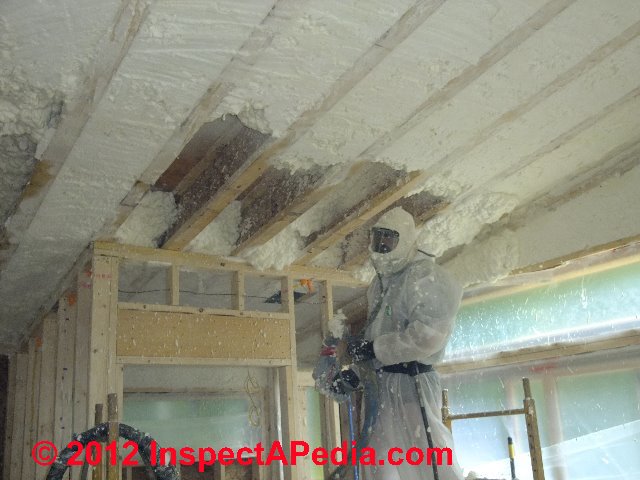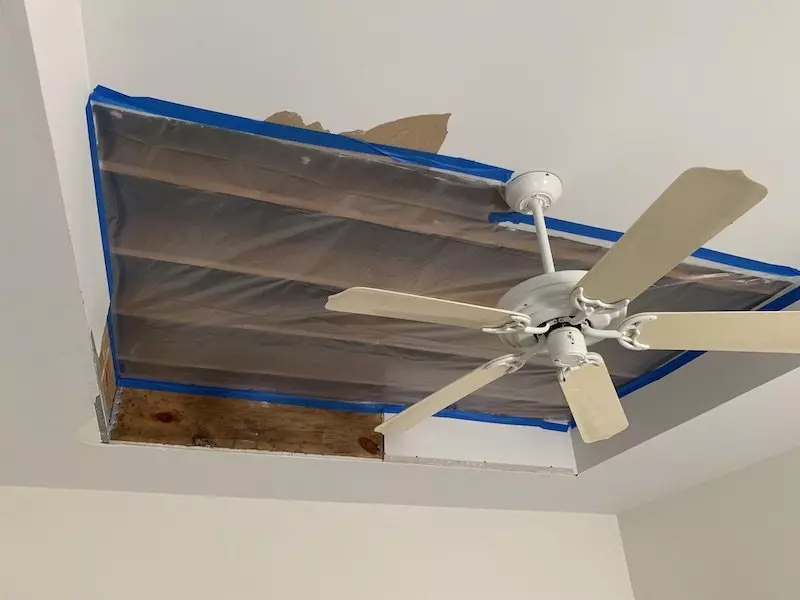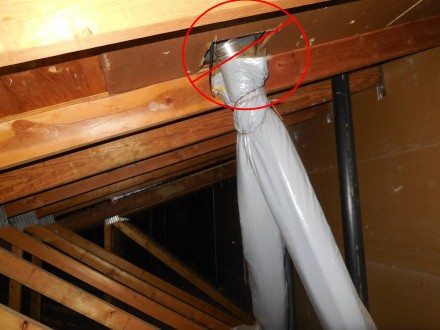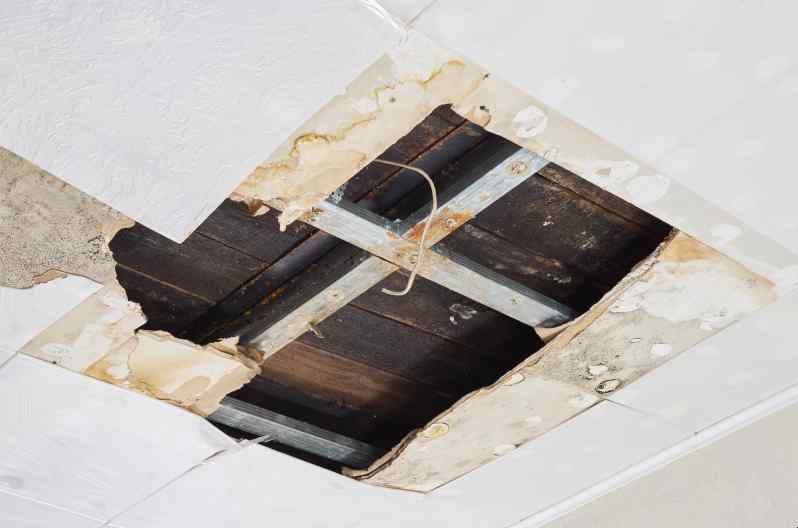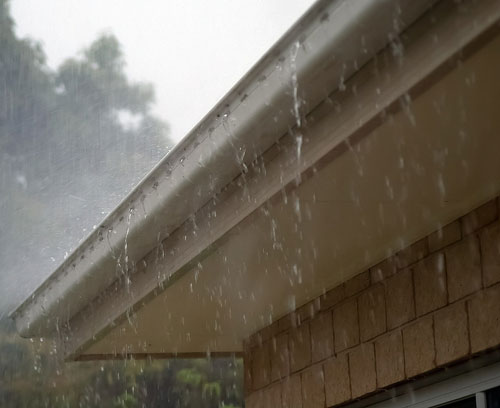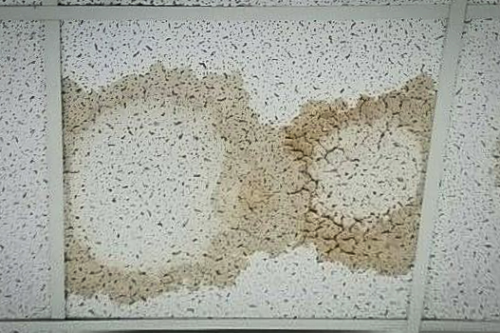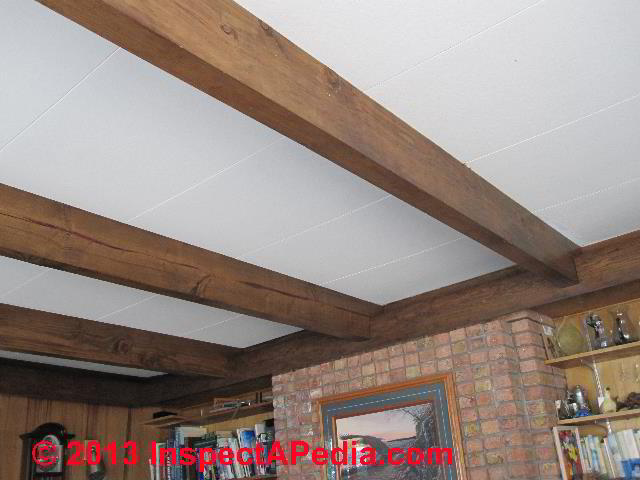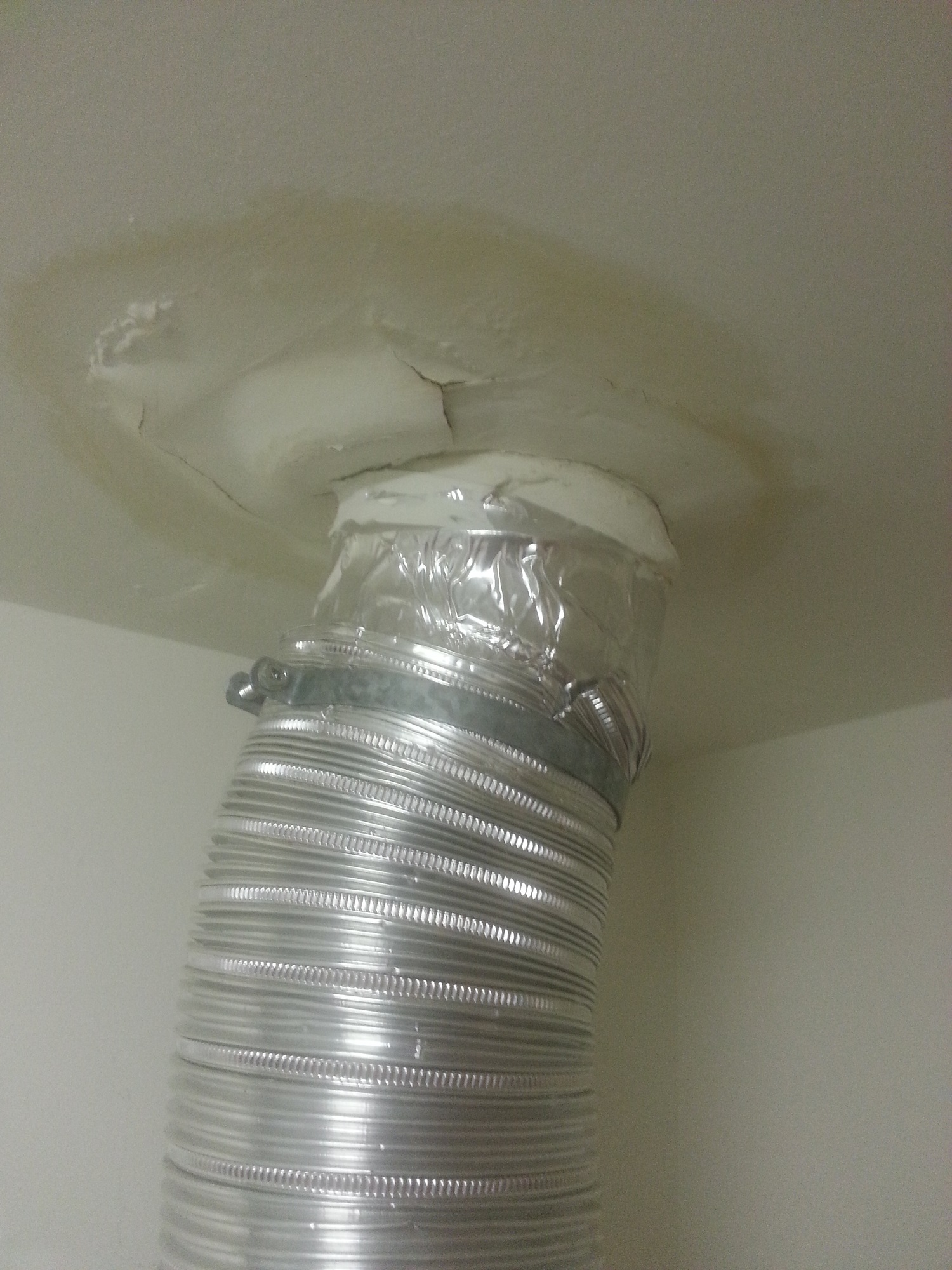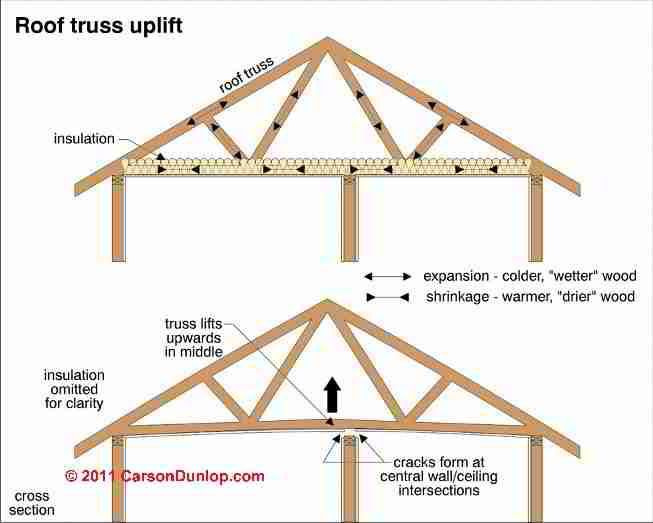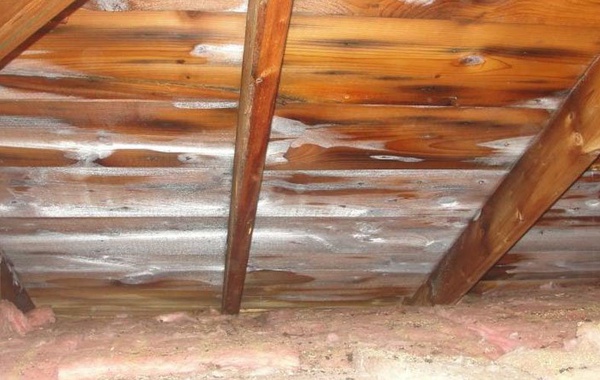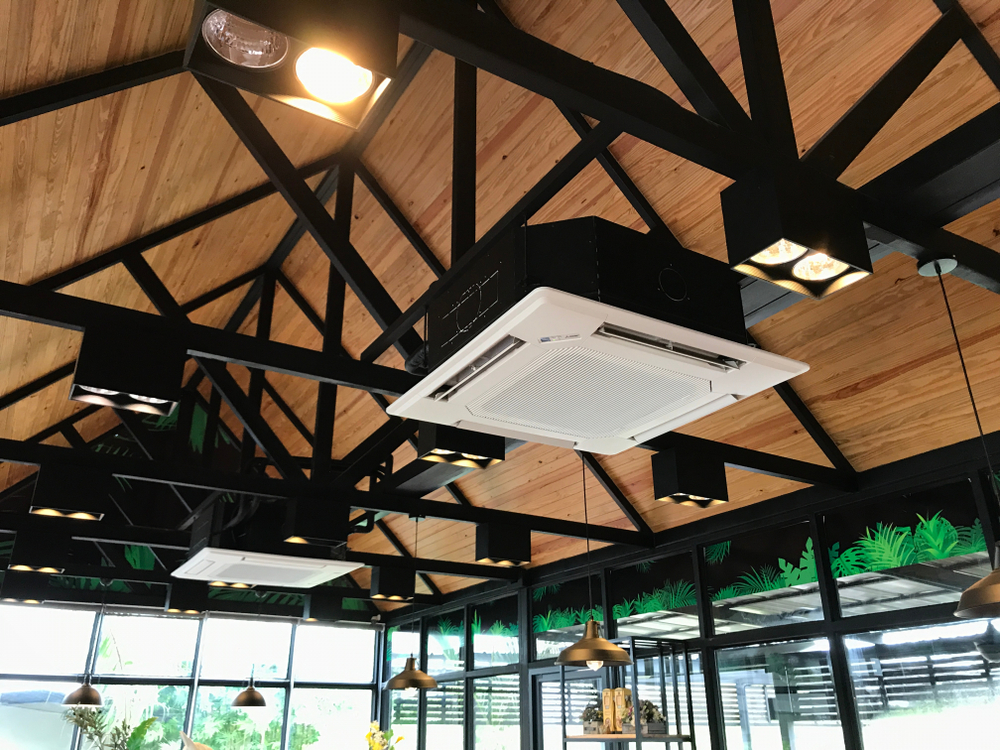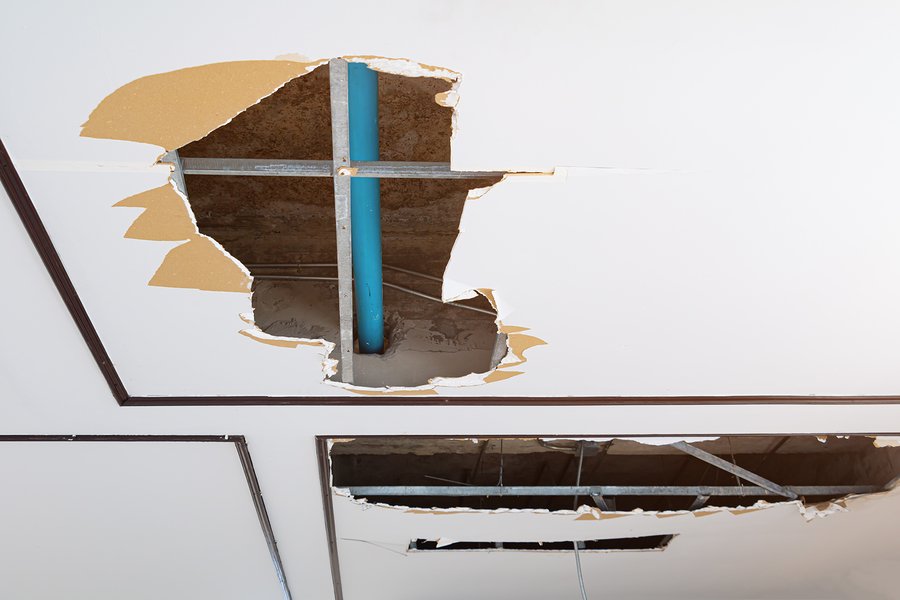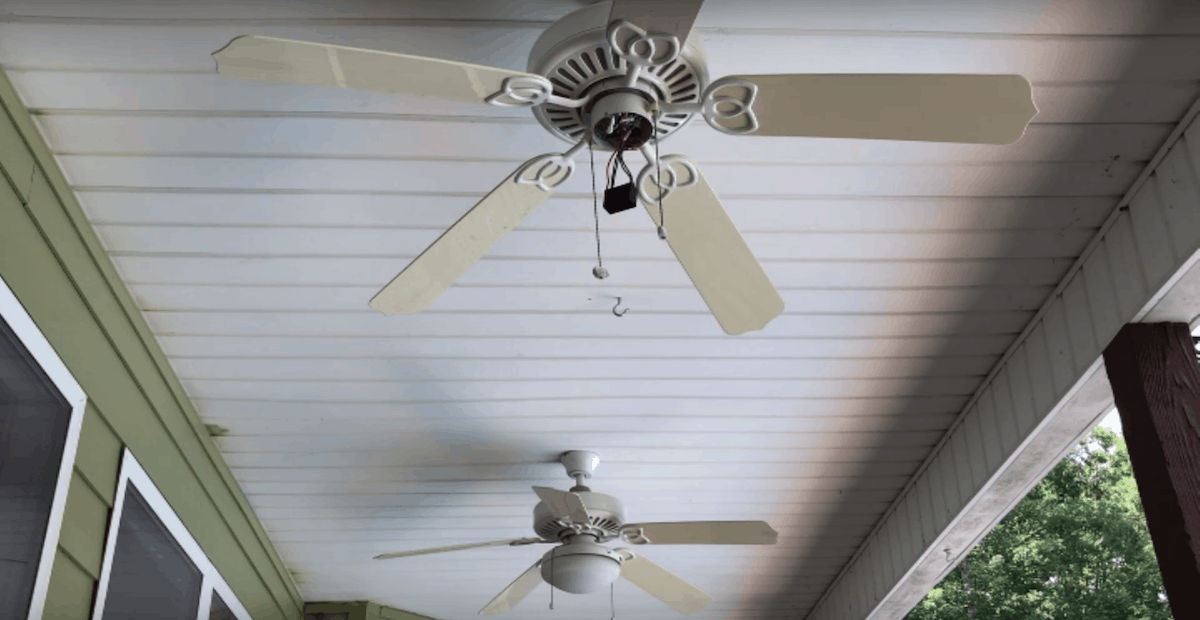If you hear the leak only during certain times for example while it is raining it is a sign of leak in the roof or wall itself.
Roof was fixed but hearing drip noises in the ceiling.
One of the main causes of cracking and popping noises that seem to occur randomly in a house mainly deep within the walls floors and ceilings is known as thermal expansion.
It literally sounds like someone punching sheetrock.
As the frost melts usually after you turn off your ac the condensation can drain via your ac vents.
Roof creaks when it s windy.
The noises dont have a pattern and happen at random.
Dripping while plumbing is running is a sign there is something wrong with the plumbing system and possibly the plumbing of a specific item if you hear the drip only when you flush the upstairs toilet for example.
In the attic you may find damp and soggy insulation.
The sun hits your roof and heats it up.
As the lumber expands it moves and it will rub against other pieces of wood that aren t moving at the same rate.
The sun hits your roof and heats it up.
Right now it is 8 degrees f outside.
When we stayed in our guest bedroom while doing some updating in our master we would hear the same noises but localized in one area.
That will mitigate the wood contraction that causes creaking sounds from the roof.
However as a few people have said pipes moving is more likely.
Because ice dams occur along the edges of the roof the ceiling damage or leaking is often near the edge of the room or may even appear on an exterior wall since the water may be dripping directly down into the walls.
This movement creates the popping noise.
If you are hearing scratching or gnawing sounds in your roof void it is unlikely to be elephants well not fully grown ones but what ever it is can sound pretty big ceilings amplify sound like the sounding boards of musical instruments.
This movement creates the popping noise.
As the lumber expands it moves and rubs against other pieces of wood that aren t moving at the same rate.
My bathroom floor makes a.
Most of the noises seem to be coming from the top of the walls.
Spray foam insulation added to the attic ceiling immediately opposite the roof will keep the wood frame and rafters at a more steady temperature.




